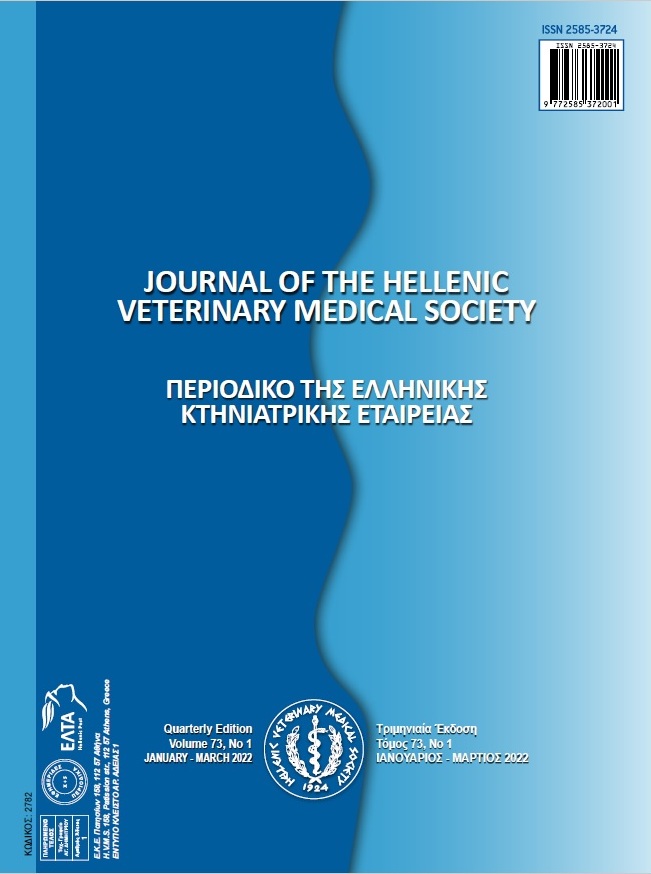Non-accidental injuries in dogs and cats: review of post-mortem forensic evaluations and the social significance of small animal practice.

Abstract
The co-existence of animal abuse cases and domestic violence are well established todays. Many studies worldwide have identified that pet dogs and cats are commonly harmed or killed by an abuser who may be a member of the family. In fact, the abuse of pets is an indicator that human members of a family are also at risk. The abusers may show a variety of motivations and mental health disorders, resulting in a variety of abuse forms. The animal victims may be presented alive or dead to a veterinary clinic. The post-mortem differential diagnosis and forensic evaluation of pet dogs and cats with non-accidental injuries (NAI), caused by the physical violence of the abuser and items commonly found in a household environment is presented in the current review, according the main type of abuse: a) blunt force trauma; b) sharp-force injuries; c) gunshot injuries; d) asphyxiation and drowning; e) thermal injuries; and, f) poisoning. The recognition and mandatory report of pet cruelty in the family is a complex issue, causing ethical dilemmas for veterinarians concerning professional confidentiality to the client, duty to protect the human probable victims and how to facilitate prosecution when the law has been broken. The key-role of veterinarians identifying and reporting pet abuse to appropriate state authorities for animal and human welfare is discussed.
Article Details
- How to Cite
-
Doukas, D. (2022). Non-accidental injuries in dogs and cats: review of post-mortem forensic evaluations and the social significance of small animal practice. Journal of the Hellenic Veterinary Medical Society, 73(1), 3543–3552. https://doi.org/10.12681/jhvms.23296
- Issue
- Vol. 73 No. 1 (2022)
- Section
- Review Articles

This work is licensed under a Creative Commons Attribution-NonCommercial 4.0 International License.
Authors who publish with this journal agree to the following terms:
· Authors retain copyright and grant the journal right of first publication with the work simultaneously licensed under a Creative Commons Attribution Non-Commercial License that allows others to share the work with an acknowledgement of the work's authorship and initial publication in this journal.
· Authors are able to enter into separate, additional contractual arrangements for the non-exclusive distribution of the journal's published version of the work (e.g. post it to an institutional repository or publish it in a book), with an acknowledgement of its initial publication in this journal.
· Authors are permitted and encouraged to post their work online (preferably in institutional repositories or on their website) prior to and during the submission process, as it can lead to productive exchanges, as well as earlier and greater citation of published work.


